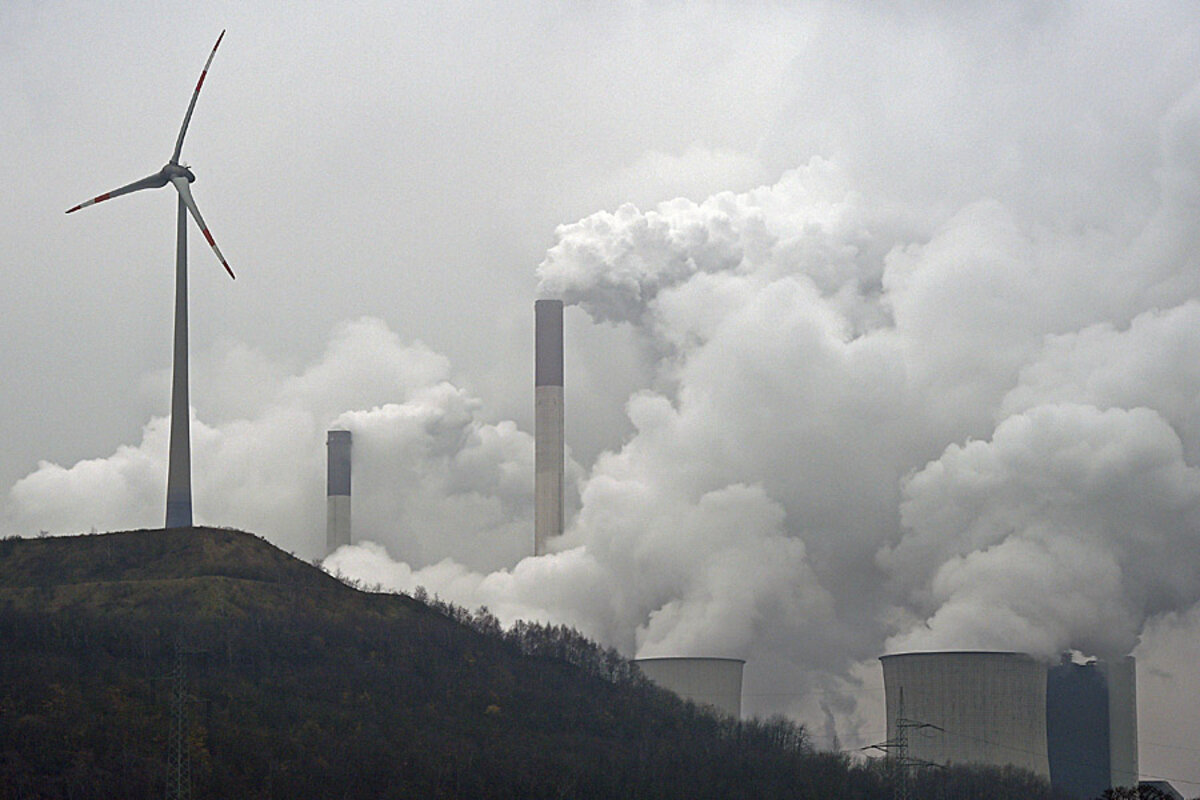First nuclear, now coal: Germany eyes expanded energy transition
Loading...
Amid a major phase out of nuclear power, Germany is weighing whether or not to undertake another monumental energy transition ā shutting down a significant portion of its coal-fired power plant fleet.
In 2011, Germany decided to shut down its nuclear reactors within a decade, a bold response in the aftermath of the Fukushima meltdown. The so-called energiewende ā or energy transition ā is an audacious plan to rapidly switch from large base load nuclear power to renewable energy, primarily from solar and wind.
A second energy transition is beingĢżĢżin Berlin. The German government is negotiating with utilities to close coal-fired power plants in order to slash carbon emissions by 22 million tons by 2020, according toĢż. That could lead to the closure of 8 gigawatts of coal capacity.
The motivation comes from the trajectory of Germanyās carbon pathway. Germany is projected to miss its climate targets ā a 40 percent reduction below 1990 levels by 2020 ā if it does not step up its efforts.Ģż()
Germany is charting an impressive path forward with renewable energy. Renewable energyĢżĢżlignite coal as the countryās largest source of electricity generation, making up 27.7 percent of Germanyās electricity in the first nine months of this year.
The problem is the pace at which Germanyās nuclear reactors are shutting down, which has led to an uptick in its coal consumption. Consumption of ligniteĢżĢżfrom 24.5 percent in 2011 to 25.5 percent in 2013, and hard coalās share jumped from 18.3 to 19.3 percent over the same timeframe as well.
Critics of theĢżenergiewendeĢżsay that intermittent renewable energy cannot supply reliable power. āWe can't simultaneously get out of nuclear and coal,āĢż.
Ģż
Already having been battered by theĢżenergiewende, Germany utilities are resisting the rumored plan to shut down coal plants. āThe industry has made clear that the current difficult situation for power plant operators leaves no scope for further unilateral concessions without fundamental reforms,ā BDEW, a German utility lobby group,Ģż.
But 2014 could actually prove to be an opportune time to undertake such a plan. The rapid installation of solar and wind has created a surplus of power, depressing wholesale electricity prices. At certain times of the day when solar and wind are generating full tilt, electricity prices even goĢż.
As a result, there is a potential for a win-win scenario ā reducing carbon emissions while pulling slack electricity capacity off the market, according to a study from the German Institute for Economic Research. āWe have excess capacity, it would be the right time,ā theĢż.
By shutting down excess coal capacity, Germany couldĢżĢżits wholesale power prices, perhaps as much as 33 percent. That could provide an economic lifeline to utilities reeling from low prices.()
The outcome is far from certain. Germany is set to announce a decision on whether or not to proceed on December 3. There is reportedly infighting within Chancellor Merkelās government. The Environmental Minister Barbara Hendricks is pushing hard for a coal phase out, but isĢżĢżfrom Vice Chancellor Gabriel.
If Germany ultimately decides not to pursue a coal phase out along with its nuclear phase out, it will still have to put forward a series of plans to achieve its climate targets.ĢżĢżto reduce carbon emissions by 33 percent below 1990 levels by 2020, seven percentage points short of its stated goal.
Germany has been a pioneer on scaling up renewable energy and demonstrating the viability of powering an industrialized economy on solar and wind. The government may not agree to a secondĢżĢżin early December, but given its track record, Germany will continue to slash its carbon emissions one way or another ā which means that coalās share of the German electricity market, despite its recent uptick, will decline in the years ahead.
By Nick Cunningham of Oilprice.com
More Top Reads From Oilprice.com:
Source:Ģż




